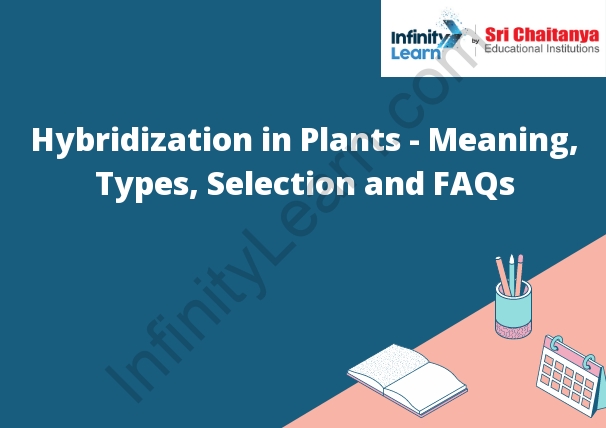Table of Contents
What is Hybridization?; Hybridization in Plants; Types of Hybridization
Hybridization is the process of breeding plants or animals of different species to create a new, genetically diverse species. The new species will have traits from both of the parent species.
Hybridization in plants occurs when the male gametes from one plant fuse with the female gametes from another plant. The new plant will have the genetic information from both of the parent plants.
There are three types of hybridization:
1. Interspecific hybridization occurs when two different species mate to produce a new species.
2. Intraspecific hybridization occurs when two plants of the same species mate to produce a new species.
3. Polyploidy is a condition in which the plant has more than two sets of chromosomes. This can occur when two different species mate and their chromosomes fuse, or when a plant’s chromosomes double themselves.

Need For Heterozygous Genotypes
A heterozygous genotype is a genotype that has two different alleles for a particular gene. This is different from a homozygous genotype, which has two of the same alleles for a particular gene. Heterozygous genotypes are important because they can create variation in a population. This variation can help a population to adapt to changes in its environment. Heterozygous genotypes can also help to prevent genetic disorders from spreading through a population.
Sexual hybridization
is a process where two different species mate and produce offspring. The offspring may have characteristics of both parents, or they may be a completely new species. Sexual hybridization is common in plants, where it can lead to the formation of new species. In animals, it is less common, but it does occur. For example, the mule is a hybrid between a horse and a donkey.
The Procedure of Hybridization
In molecular biology, hybridization is the process of combining two complementary strands of DNA to form a double-stranded DNA molecule. This process occurs during replication, transcription, and translation. The two complementary DNA strands are held together by hydrogen bonds between the nitrogenous bases of the complementary nucleotides.
Selection of Hybrids
When a breeder selects a hybrid for seed production, they are looking for a plant that is uniform in its characteristics, has a high yield, and is disease resistant. The breeder will also look for a plant that is tolerant of environmental stresses, such as drought or cold.
Results of Hybridization
Hybridization is the process of mating different types of plants or animals to create a new, genetically diverse offspring. The results of hybridization can be unpredictable, but often lead to new and improved traits in the offspring. For example, if you hybridize a plant that is resistant to disease with one that is not resistant, the offspring may be more resistant to disease than either of its parents.









